The Dangers of Blue Light
Blue light causes irreversible damage to eyesight.
Cell phones, televisions, computer screens and LED light bulbs may seem like they are all in the same category as relatively new technology, but there is actually something else that binds them together.
Blue light, otherwise known as the second highest frequency visible light, is in all touch screen devices — as well as televisions and computers screens — and can cause irreversible effects on vision.
According to a recent study at the University of Toledo, conducted by assistant professor Dr. Ajith Karunarathne, blue light can cause the “death” of photo receptor cells, otherwise known as macular degeneration. This condition is incurable and causes slow uncontrollable blindness later in life.
The main purpose of the study was to find a cure or possibly slow down the macular degeneration process caused by blue light. However, the problem is that there are no early signs of macular degeneration, which means you do not know when or how it is affecting you until the damage is done.
However, small amounts of blue light are not harmful. In small quantities it can even be beneficial since blue light found in sun rays can improve moods and boost attention spans, according to Ms. Fiona McMillan. Blue light is only beneficial during daylight hours, but at night it keeps people awake, according to Harvard Medical’s health newsletter.
Furthermore, corneas and lenses alone cannot reflect blue light, meaning our eyes absorb it. Human eyes have evolved to take in as much natural blue light as they can, but with the introduction of new technology so quickly, our eyes did not have the chance to evolve to take in more than is needed. Thus, our eyes are becoming more damaged everyday.
So, that raises the question: if all this technology is bad for us, why is everything becoming digital?
Homework assignments, presentations, bill boards, and media have all become digital. Even newspapers are starting to become online resources, meaning more time spent looking at computer or phone screens. Another problem is the student body that now watches videos for school, copies power points, and looks at online textbooks to do homework.
The effects of blue lights on our eyes is definitely a problem that needs to be addressed if we want to continue this technological revolution. Advancements in technology will not matter if you cannot see.

Hi! I'm Chloe, and I'm new to The Stinger this year. I'm a sophomore at Cam High, and I'm on the varsity girls golf team. I enjoy listening to music and...
























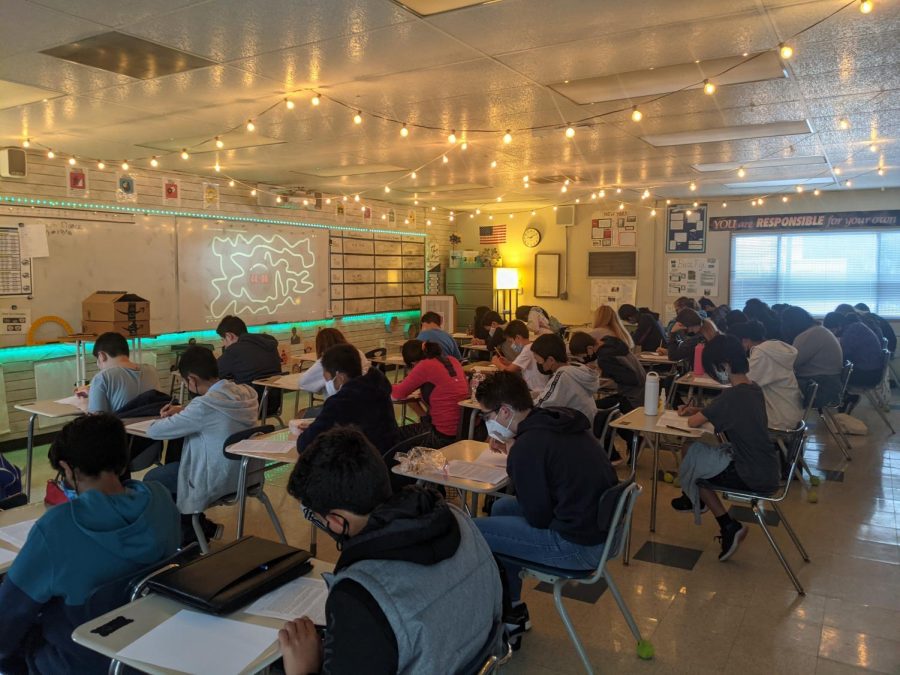

























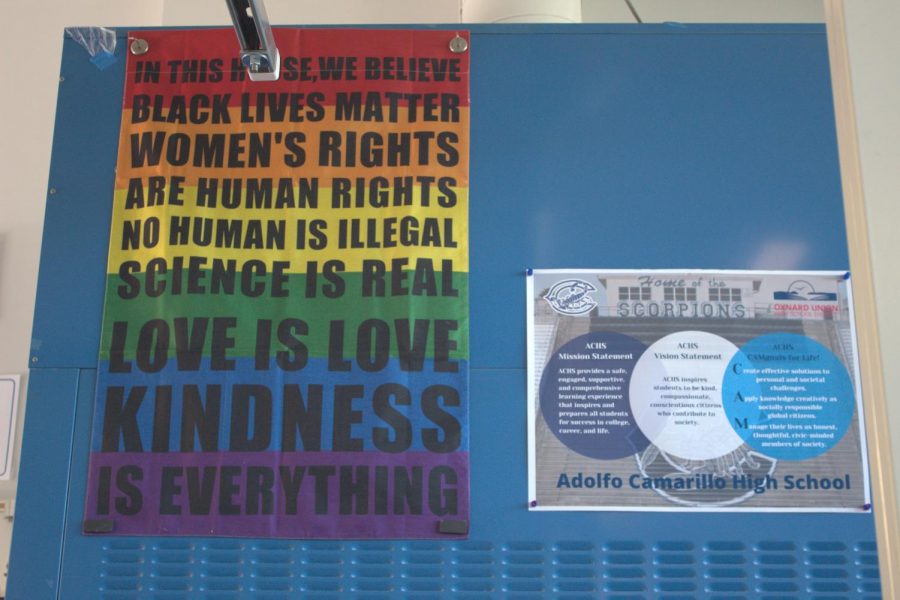












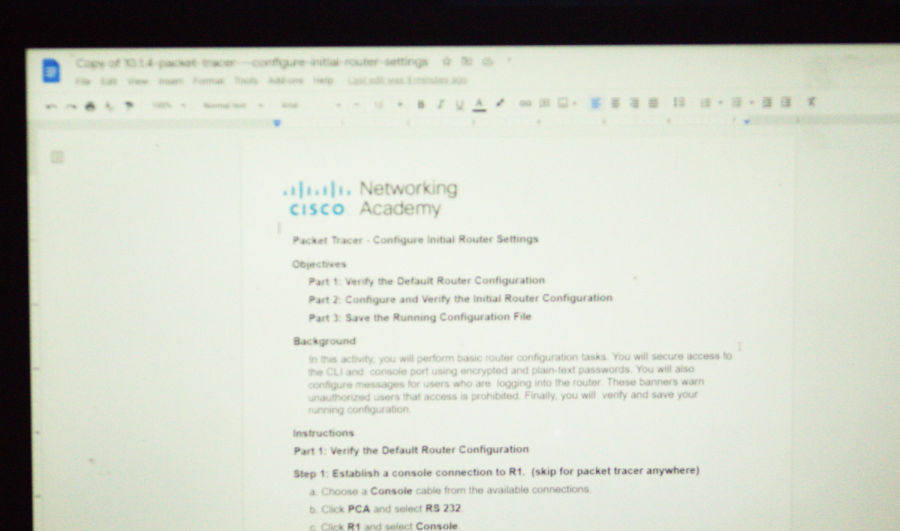










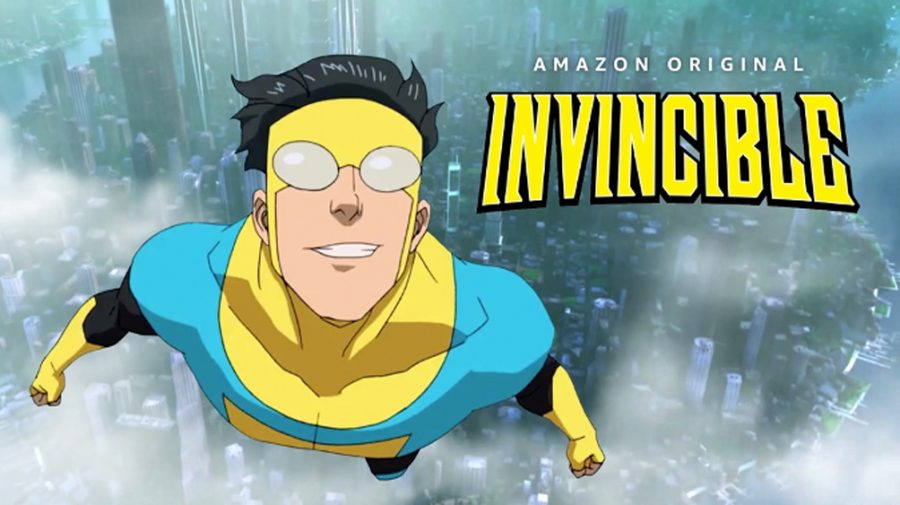






![Senior Ditch Day... Relaxation or Truancy? [Video]](https://achsstinger.com/wp-content/uploads/2017/10/IMG_7119-900x599.jpg)
![Heavy Rain Hits Cam High [video]](https://achsstinger.com/wp-content/uploads/2017/02/maxresdefault-900x506.jpg)



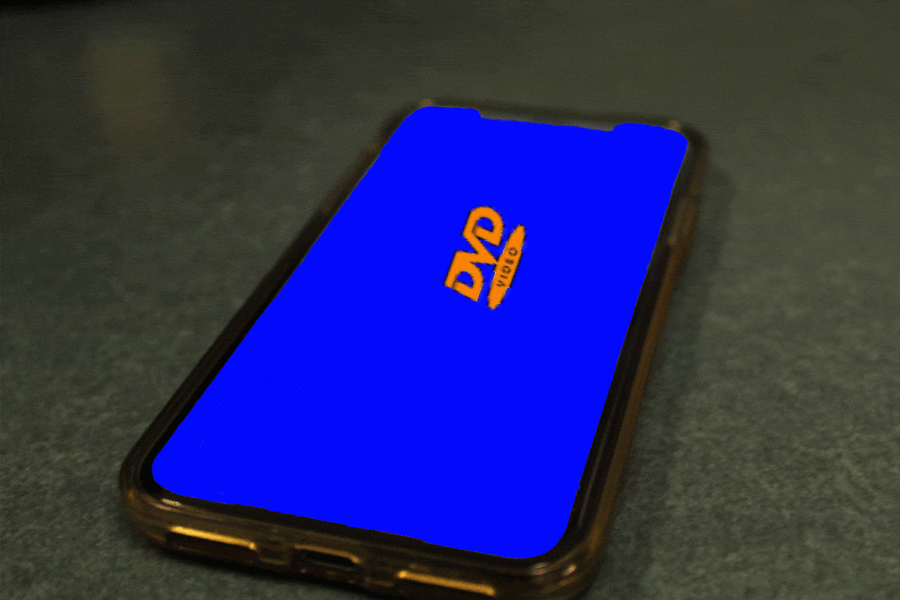
Heidi Eppolito • May 19, 2019 at 4:39 pm
Dear Chloe,
Thank you for your thoughtful article!
I would love to read more in depth reporting on this subject of technology and our health.
I am very concerned about wifi in the schools, teen screen addiction, the flashing lights in video games and tv programs…5g…
Looking forward to more from you.
Heidi Eppolito
ACHS parent